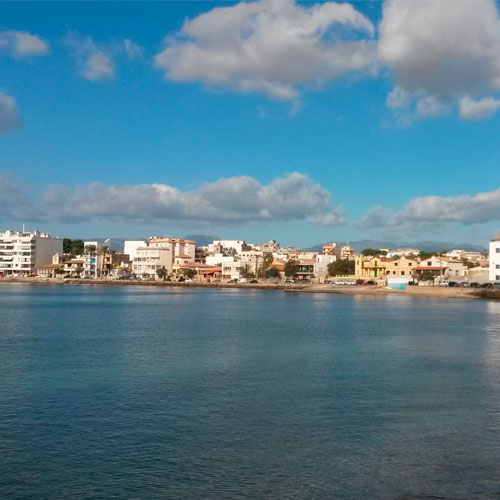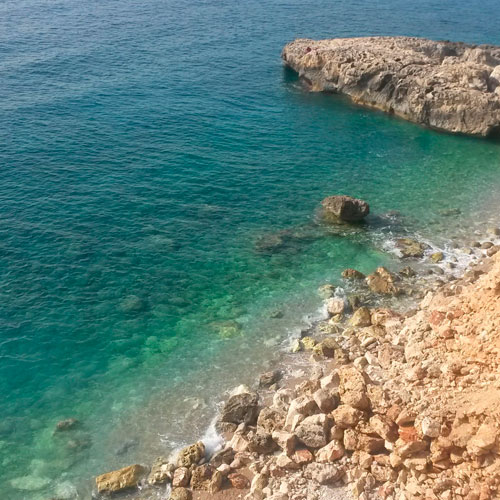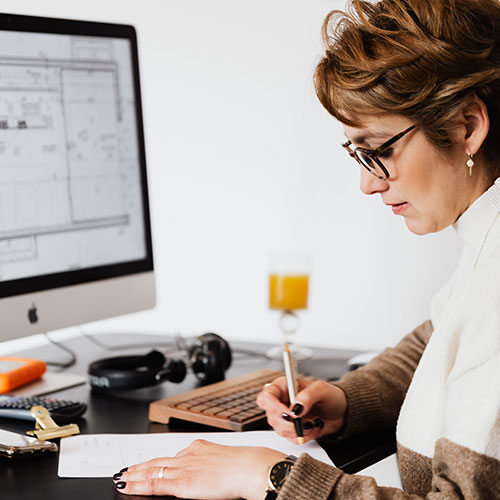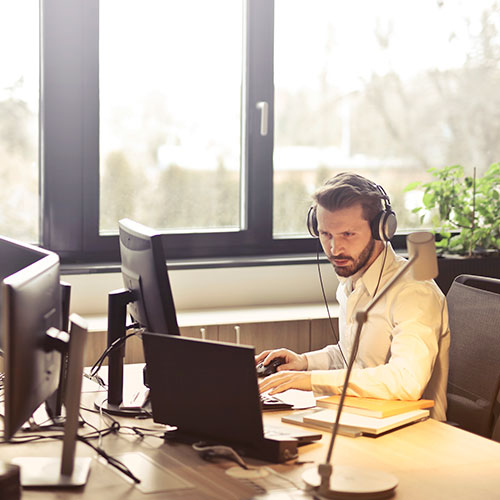Route to the Pla of Mallorca - Tourism
Route to the Pla of Mallorca
This route does not quite offer spectacular views or amazing monuments. Nevertheless, on your way to the Pla (the "Plain" in English), you will have the chance to discover fully new parts of Mallorca, certain areas where tourism has not yet been able to ban the traditions or way of living of the people.
We will leave Palma by driving along the old road to Sineu. In ancient times, this road used to be one of the most important roads on the islanda, since it ensured the communication between the villages. According to the files from the year 1309, the road to Sineu was a royal track. Let us make our first stop at Olleries, a municipality located within Marratxí. This is the area where the most pot sellers can be found. During our trip to the Pla we will find ourselves crossing a wine-producing area. There are several villages to our left and to our right that are worth a brief detour: Santa Maria, Santa Eugènia, Biniali (an ancient Arab dwelling) and Costitx, a small but typical village of the area. The Astronomical Observatory of Mallorca is located in Costitx.
Now we are entering Sineu. https://www.ajsineu.net/ . Sineu is a real beauty of the past. At the beginning of the XIVth century, the Royal Palace was built in this city by the order of Jaume II. Nowadays, the Royal Palace has been turned into a convent. This convent used to be the place of residence for Jaume II as well as for his son, King Sanç. The weekly market held in Sineu every Wednesday dates back to those times.
The parish church of Santa Maria is highly interesting. The first documents mentioning this church date back to the year 1248. After a fire in the year 1505, the church was rebuilt using the Gothic style as a model. The Hospital, or Hospice, as well as the Sant Josep chapel are two very interesting places to visit. The Hospice, built in the year 1240, was the first hospital that opened its doors in the outskirts of Mallorca. Sineu is the right place to taste one of the most typical Majorquine dishes: the frit.
Now is the time to continue our route. Our next stop will be Petra (https://www.ajpetra.net/). Brother Juníper Serra, founder of California, was born in this town. His birth house may be visited too. The Sant Bernardí convent and the Gothic Sant Pere church are very interesting indeed. Most of the church was built in the XVIth century, but it was subject to continuous modifications until the XVIIIth century.
Muro, https://www.ajmuro.net/ , our next stop, is worth a visit too. The name of the town, Muro, was chosen by the Romans. Apparently they gave the town this name due to the orography of the soil, a natural wall given by nature. The town offers the visitor the chance to enjoy the architectural elements typical of the Pla that are mainly made out of sandstone. The first settlers of the area date back to the pretalayotic period and they used to live in caves. The proof are 48 archeological findings that have been discovered by archaelogists. The following two villages are of main importance: Son Perera Vell and Son Sant Joan.
The Sang church with a Muro sandstone façade and its arched entrance door is especially interesting to the visitor. The interior of the church displays the Crist de la Sang. The church is the eldest building within Muro. The Sant Joan Baptista church with its huge bell-tower, that was built between the year 1640 and 1644, is worth a visit too.
The Ethnological Museum is located in Can Simó, a building that dates back to the XVIth century. You will also find a bullring, built with a hammer and a gouge on an old sandstone deposit. Three quarters of the Albufera Natural Park belong to the Muro municipality, the most important humid area within the Balearic Islands and an especially interesting place for ornithologists.
Our next stop will be Inca. Inca is the third biggest town on the island, with approximately 25,000 inhabitants. Inca is the capital of the Raiguer area, internationally famous for its high-quality leather goods and shoewear. The shoemakers's association of Inca was created in the middle of the XVth century. You are mostly welcome to visit Inca's monuments and its cellars, where huge barrels are being collected. These huge barrels are commonly called bótes congrenyades.
The city's highlights are the magnificent Santa Maria la Major church, the Sant Domingo convent and the Sant Francesc church. If you have enough time, it is worth going up to the Puig de Santa Magdalena, from where you will be able to enjoy a lovely view over the Pla of Mallorca.
Nearby Inca, just 4 kilometres away, we will find Lloseta (https://www.ajlloseta.net/). Even though Lloseta is the second smallest municipality within Mallorca, with a total surface of just 12.03 km, it is the second municipality in the ranking with regards to the population density, with 4,544 inhabitants. We recommend a visit to the Nostra Senyora de la Visitació parish church, located on the Plaça Major. The church is built on a rectangular base featuring lateral chapels and apsis. The Sant Josep altarpiece, that dates back to the XVIth century, the Mare de Déu altarpiece from the end of the XIXth century and the Baptismal font built in the year 1719 have an inestimable artistic value. In Lloseta you will also find the palace of the Aiamans marquis.
Let us make a stop at Binissalem on our way back to Palma. Binissalem is famous for its excellent wine. Please check the chapter related to gastronomy (agrorutes).
The tour can be made by car, by participating at an excursion organised by a travel agency or, if you choose to travel by public transport, by taking the bus. In case you choose to use the public transport, please visit the menu "Transport on the island" on this website.
Duration of the excursion: All day, including the breaks
Total covered distance: 118.7 km
from which:
Palma - Sineu, 30 km
Sineu - Petra, 10.5 km
Petra - Muro, 28.4 km
Muro - Inca, 14.4 km
Inca - Lloseta, 4.2 km
Lloseta - Consell, 10 km
Consell - Palma, 21.2 km
OPENING HOURS
- ASTRONOMICAL OBSERVATORY
Tel. 971 876 019- 689 686 557
Please arrange a visit - MUSEUM / BIRTH HOUSE OF BROTHER JUNÍPER SERRA
Tel. 971 561 149
C/ Barraca, 6-8
Please arrange a visit - MUSEU ETNOLÒGIC DE MURO
Tel. 971 717 540
C/ Major, 15
Opening hours:
Between Tuesdays and Saturdays, from 10:00 hours until 19:00 hours.
Sundays between 10:00 hours until 14:00 hours
Closed on Mondays and on public holidays.
Date last modified: March 13, 2023



















